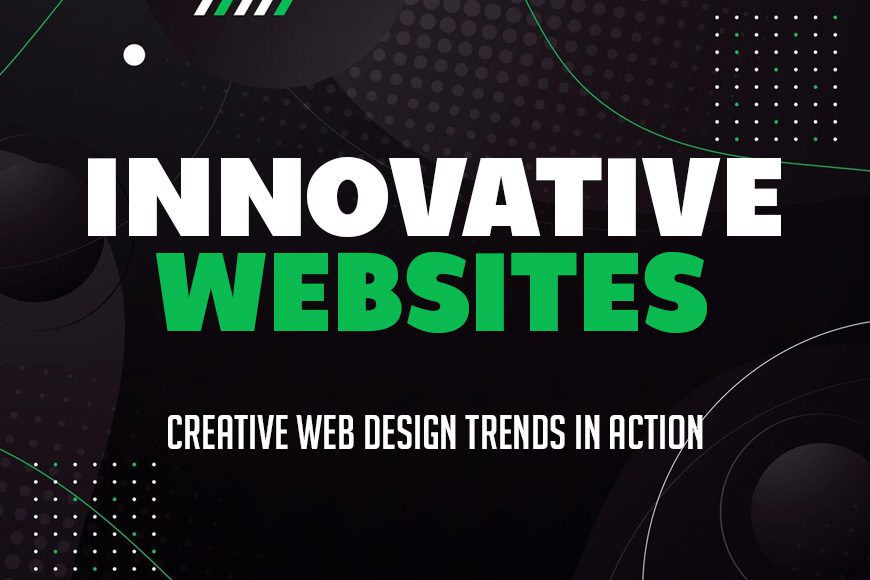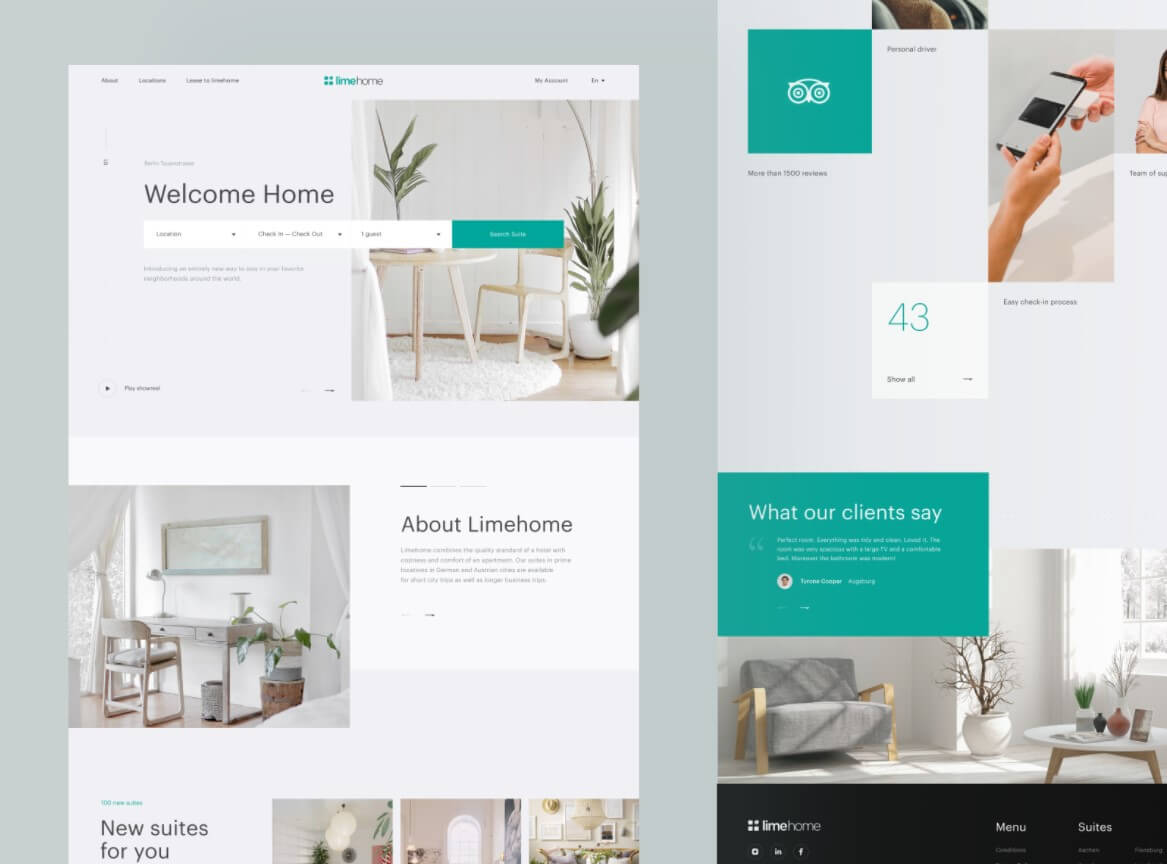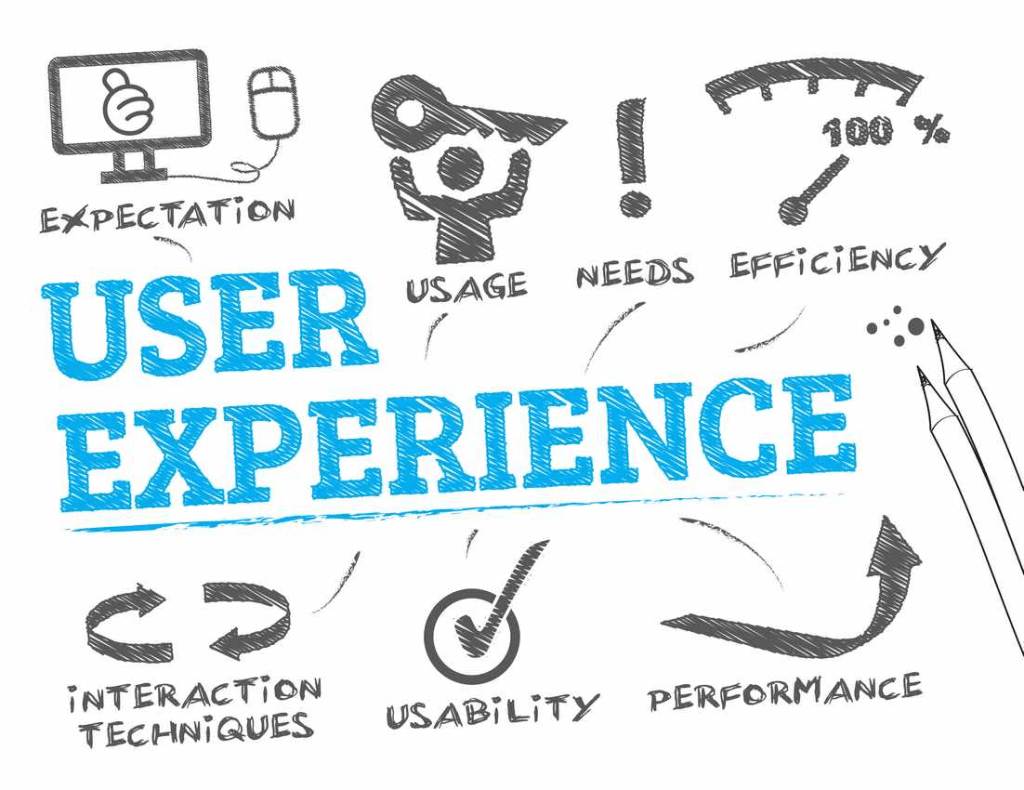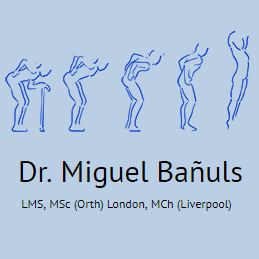Improving user experience (UX) has emerged as a cornerstone of successful digital platforms, where the blend of innovative web design and user-centered principles can transform ordinary websites into extraordinary ones. As users navigate through myriad choices online, they seek fast-loading, accessible, and responsive designs that cater to their needs. This article delves into effective user experience strategies, emphasizing the importance of intuitive navigation, optimized performance, and inclusive website accessibility. By adopting cutting-edge practices in web design, businesses can enhance engagement and ensure their users enjoy seamless online interactions. Ultimately, a well-crafted approach to improve user experience not only meets but exceeds the evolving demands of today’s digital consumers.
Enhancing user satisfaction in the digital realm is synonymous with delivering exceptional online interactions that captivate and retain audiences. Terms like digital usability and web interaction excellence encapsulate the essence of providing an engaging user journey. Innovative digital aesthetics and user-focused methodologies become crucial as businesses strive to cultivate a loyal user base. With responsive layouts and accessible designs at the forefront, this discussion will illuminate the pathways to create websites that resonate with visitors. By embedding principles of user engagement and intuitive design, brands can foster a sense of belonging and connection for every visitor.

Innovative Strategies for Enhancing User Engagement
Crafting an engaging user experience begins with profound insight into user emotions. It’s not merely about aesthetics or functionality—it’s about storytelling and creating a relationship. Infuse elements into your web design that resonate emotionally with your visitors. Incorporating visual narratives and compelling graphics transforms ordinary interactions into memorable journeys. Imagine a website that beckons users with narratives told through imagery and interactive elements, where each scroll unveils new stories, captivating attention and retaining interest.
Moreover, creating a feedback loop ensures that users feel valued and heard. Deploying quick surveys or feedback forms not only enhances engagement but cultivates loyalty. Users appreciate when their experiences influence a website’s evolution. Engaging with your audience this way not only builds trust but also leads to organic improvements, reflecting user suggestions in the design itself.
Designing with Accessibility in Mind
Navigating through digital landscapes should be a seamless voyage for everyone. Designing with accessibility in mind enriches the user experience and broadens audience reach. Incorporating features that assist users with disabilities ensures that your site is welcoming, providing equal footing in a digital world often overshadowed by limitations. This approach not only fulfills legal obligations but is also an ethical imperative.
Consider color contrast and readable fonts that accommodate varying visual capabilities. Employing alt-text for images allows visually impaired users to enjoy the rich tapestry of your content. By making small adjustments, a web designer can dismantle barriers, crafting an inclusive experience that invites all individuals to explore, engage, and interact without constraints.
Leveraging User Feedback for Continuous Improvement
The voice of the user should reverberate through every pixel on your website. Establishing mechanisms for user feedback creates a dynamic resource for improvement. Utilizing tools such as heatmaps and analytics combined with user surveys unveils insights into how visitors interact with your site. It unveils both delights and frustrations, helping you pave a path of continuous enhancement, aligning design with user expectations.
Regularly acting on user feedback not only refines the design but also fosters a community where users feel part of the evolving landscape of the website. Engaging users in the design process—whether through beta testing or focus groups—instills a sense of ownership and loyalty. They become invested in the success of your website, a powerful testament to the potential of harmonizing user input and design innovation.

Conclusion: The Path to Exceptional User Experiences
In closing, weaving user experience into the fabric of innovative web design is akin to crafting a masterpiece where every thread contributes to the whole. As we’ve explored, the heart of an exceptional user experience beats with the rhythm of speed, responsiveness, and intuitive navigation. Prioritizing these elements fosters not only satisfaction but cultivates loyalty among users, drawing them back like moths to a flame. It’s a promise to your audience that their journey through your digital landscape will be both pleasurable and purposeful.
To summarize our voyage toward improved UX, consider these guiding principles:
– Embody speed in every pixel, for a delay can shutter interest quicker than a blink.
– Embrace responsiveness as a cornerstone, ensuring seamless experiences across devices.
– Craft navigation that is intuitive, like a well-signed path through an enchanting forest, guiding users to their destinations effortlessly.
– Foster a culture of feedback, for every voice contributes to the symphony of design evolution. With these strategies illuminating our way, we stand equipped to create web experiences that resonate deeply and linger in the hearts of users.
Final Thoughts: Embracing the Future of Web Design
As we advance into the future of web design, acknowledging the significance of inclusive and sustainable practices becomes paramount. Not only do these elements amplify accessibility, enhancing engagement across diverse user bases, but they also nurture our planet, aligning digital creativity with environmental consciousness. It is here, at this beautiful intersection, that innovation thrives, promising brighter and more inclusive digital realms.
Reflecting on our discussion, let’s hold close these pivotal takeaways:
– Design with inclusivity in mind, for a well-rounded audience fosters richer interactions.
– Adopt sustainable practices that honor our planet—every byte saved is a step toward preserving our environment.
– Employ user-centered design strategies, where the voice of the user carves the path of evolution.
As the digital landscape continues to evolve, let us remain committed to creating web experiences that are not just functional, but poetic in their execution, allowing every user interaction to unfold as a unique story.















